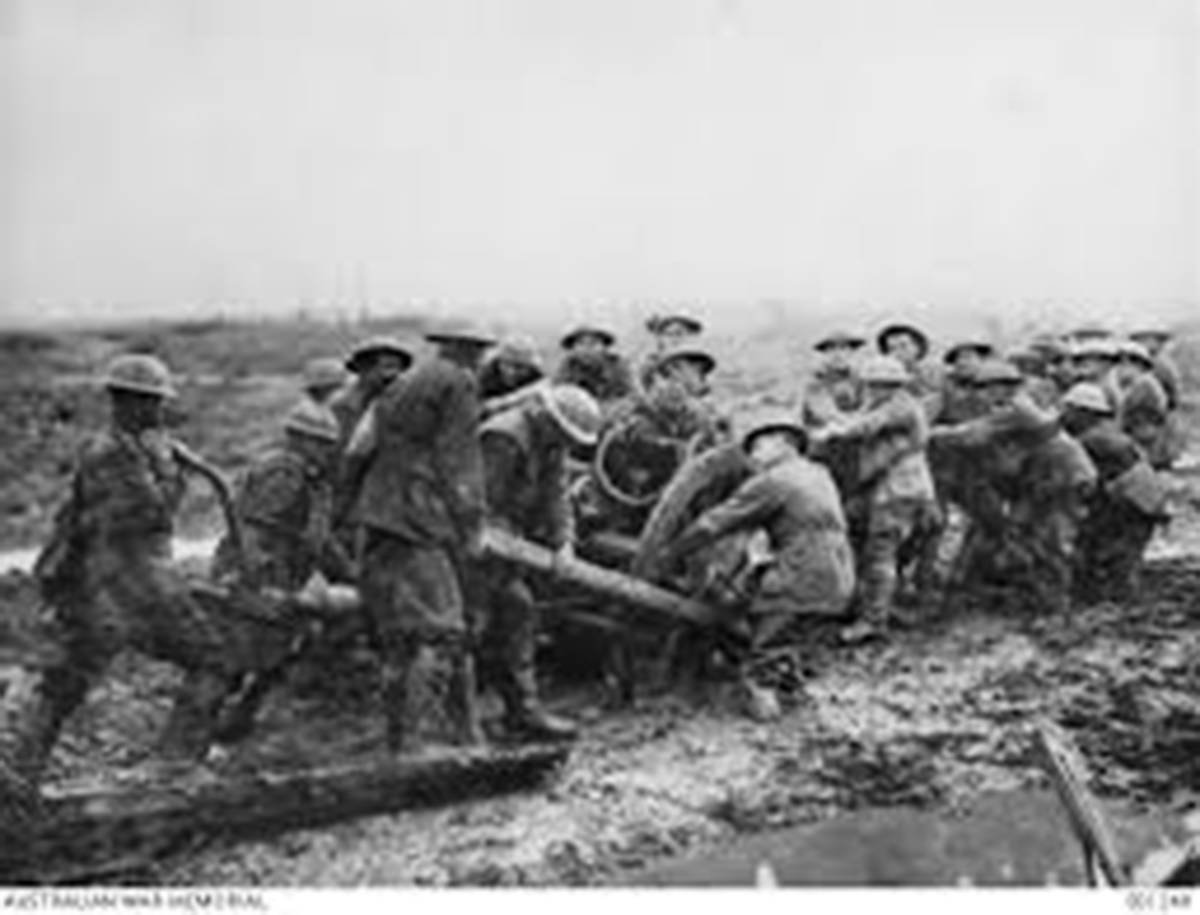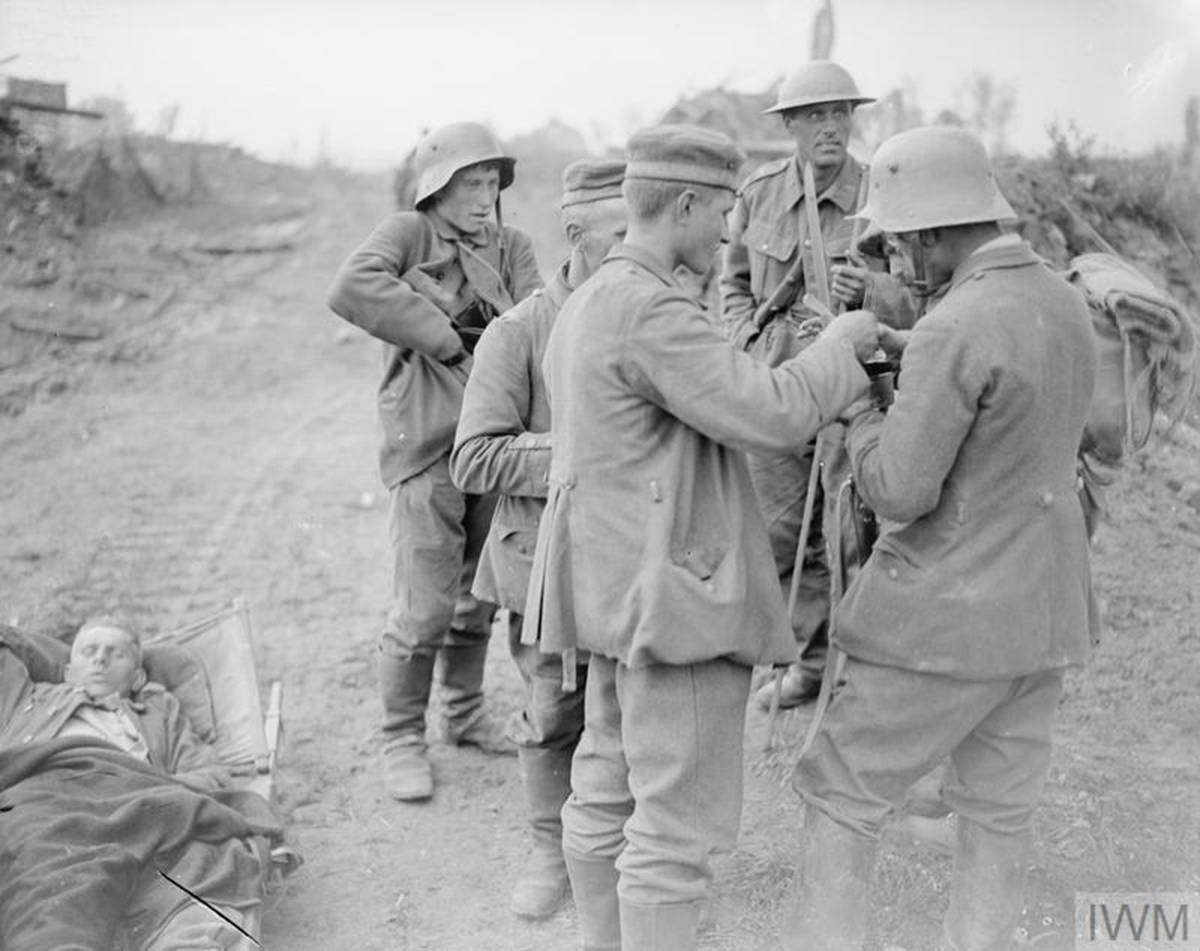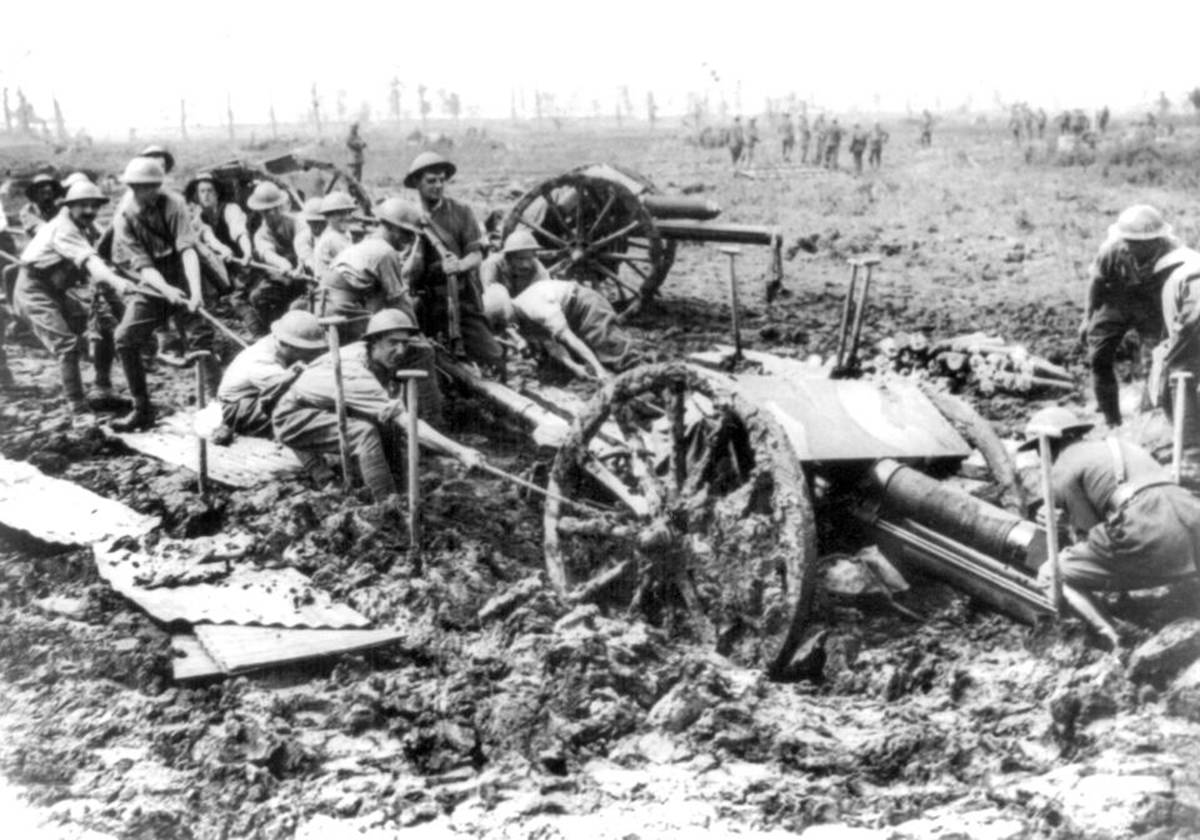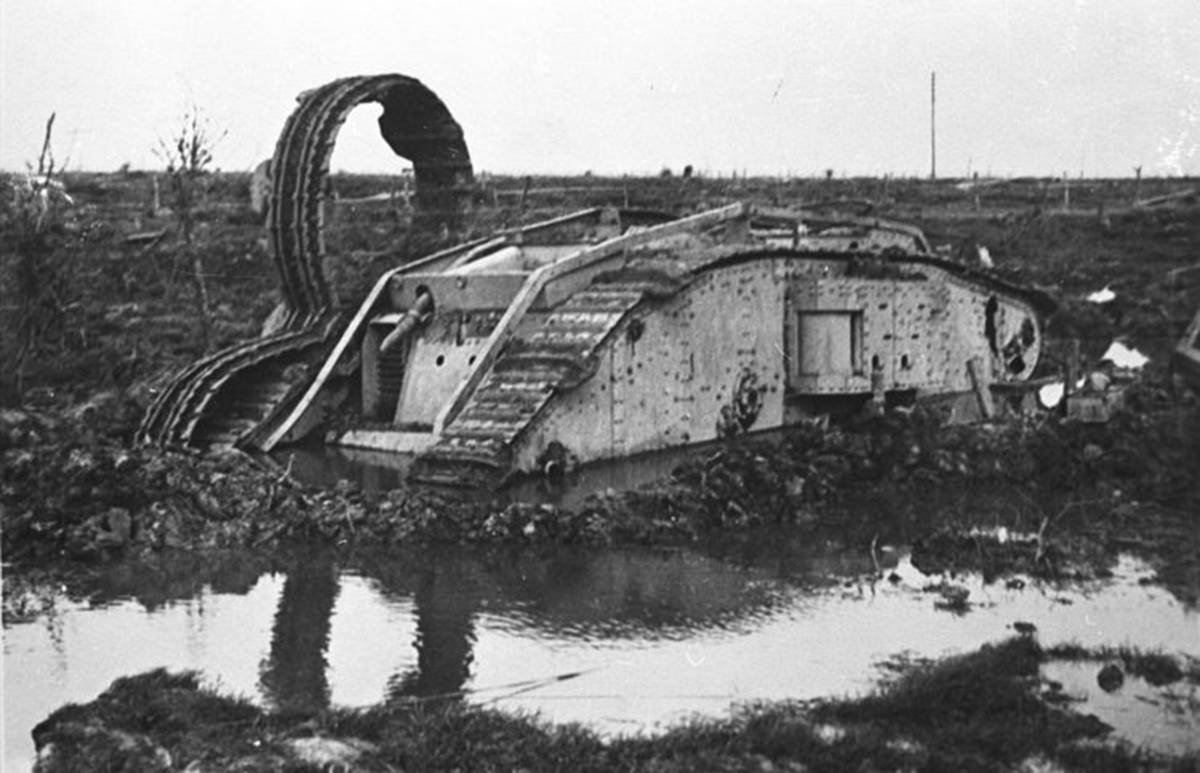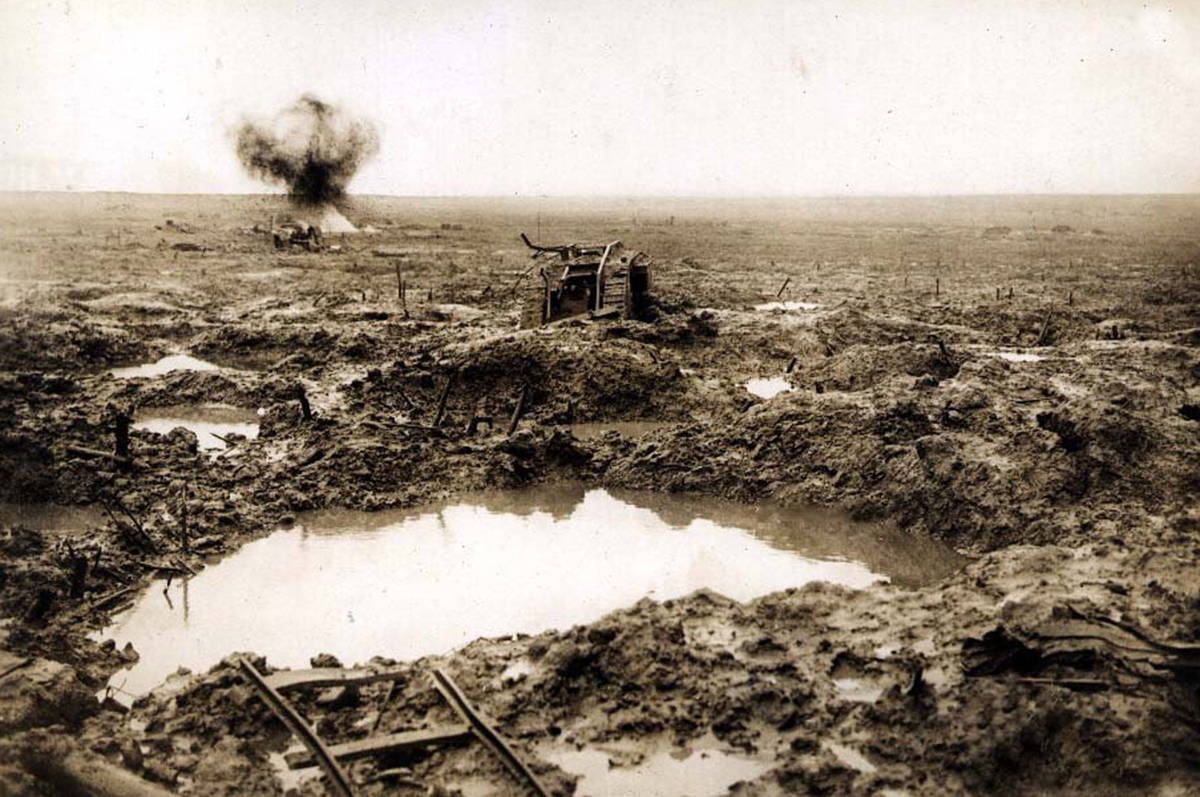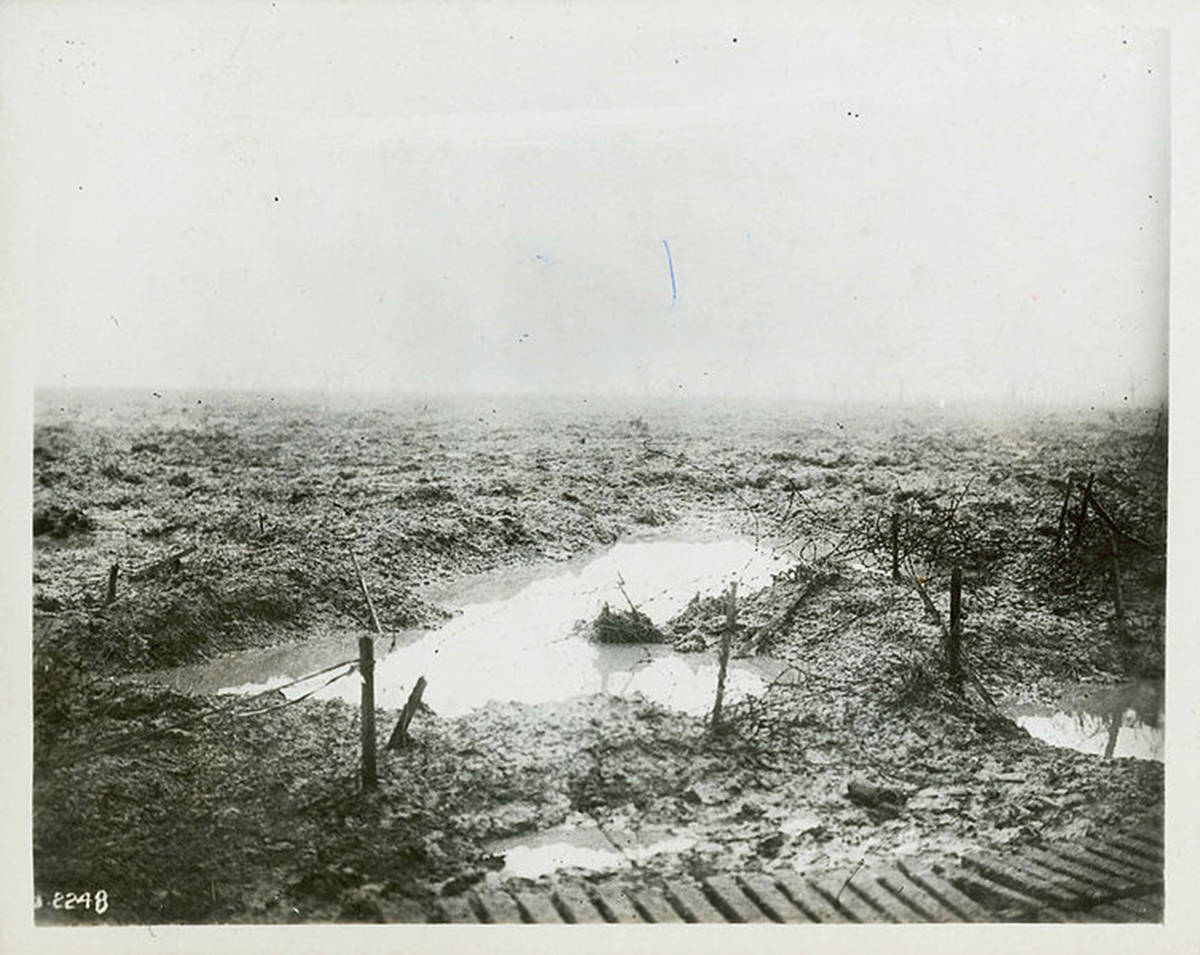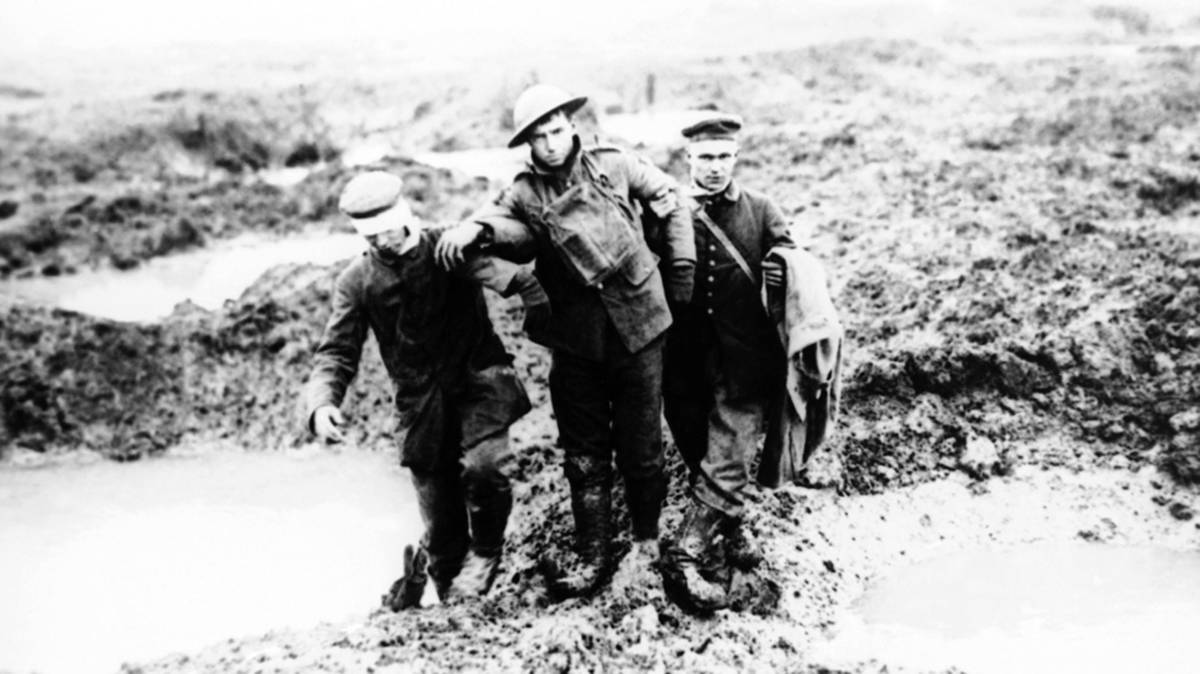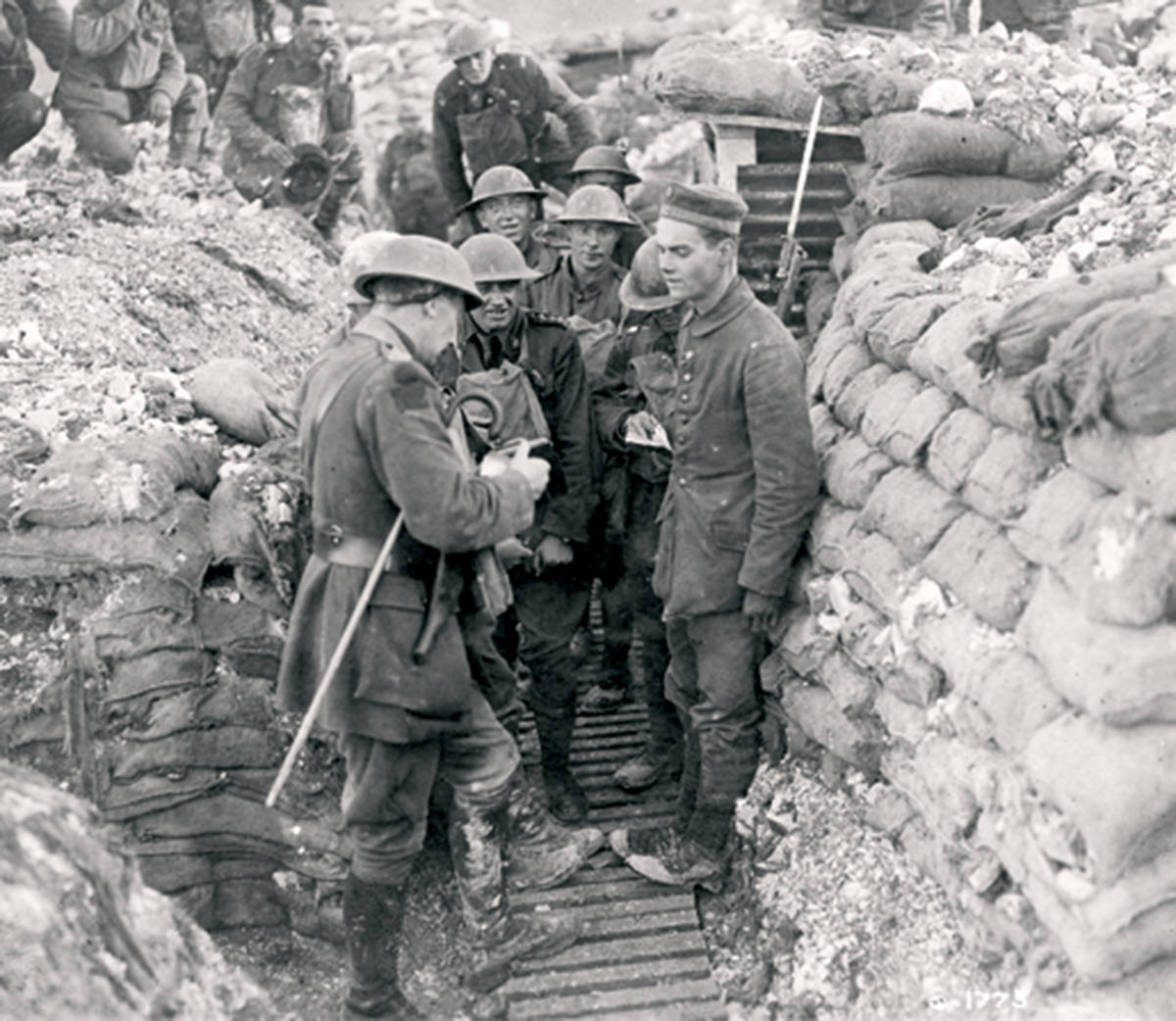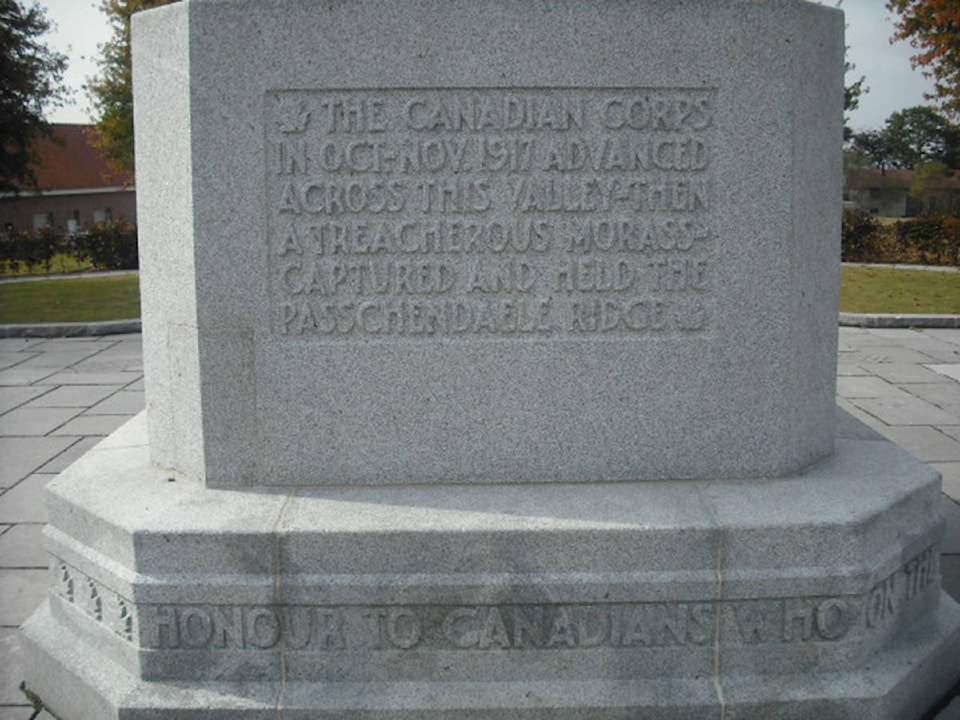As Veteran’s Week approaches, we see Legion members out selling poppies and it causes us to remember the sacrifices borne by Canada’s youth in times of war.
Significant milestones have come and gone, anniversary dates of important battles where Canada has shown the world her best. The latest date was the 100th Anniversary of the Battle of Vimy Ridge.
Not far from Vimy Ridge, another centenary for another battle is coming up for what was called the Third Battle of Ypres. It has become better known as Passchendaele.
This battle was for control of the ridges south and east of the city of Ypres in West Flanders, as part of a strategy decided by the Allies at conferences in November 1916 and May 1917.
Passchendaele lay on the last ridge east of Ypres, five miles (8 km) from a railway junction at Roulers, which was vital to the supply system of the German 4th Army.
A campaign in Flanders was controversial in 1917 and is still to this day. British Prime Minister David Lloyd George opposed the offensive, as did General Ferdinand Foch, French Chief of Staff of the French Army Chief of the General Staff.
Field Marshal Sir Douglas Haig, commanding the British Expeditionary Force (BEF), did not receive approval for the Flanders operation from the War Cabinet until July 25.
Dispute by the participants, writers and historians since the war, have included the wisdom of pursuing an offensive strategy in the wake of the Nivelle Offensive, rather than waiting for the arrival of the American Expeditionary Force (AEF) in France.
Field Marshal Haig did not wish to wait for the Americans and wanted the offensive as quickly as possible.
This was, in part, due to the Royal Navy’s assertion that if the Belgian ports on the English Channel were not soon taken from the German control, their U-Boat attacks would continue on vital supplies to Great Britain. The Navy believed that the war could be lost before 1918.
Troubles with the French armies motivated British persistence with the offensive.
The effect of the weather, the decision to continue the offensive in October and the human cost of the campaign on the soldiers of the German and British armies, have also been argued over ever since.
Regardless, the offensive went ahead and young men on both sides did their duty for their countries amid horrible conditions. The German army had the advantage of being “dug in defensively” and the Allied armies had the advantage of numbers.
The Flanders region is very low lying with an extremely high water table, and over the years, Belgian farmers had learned how to deal with this by using networks of drainage ditches and dykes to keep their fields somewhat dry.
However, during periods of heavy rain, the water sat on top. On the second day of the offensive, it began raining.
August 1917 would be the wettest it had been in years and the battlefield condition turned horrible.
This forced Haig to change plans. Instead of a giant push, he was forced to adopt wearing down of the enemy forces. A couple weeks of dry weather gave the Allies some optimism, but by Sept. 20, the rains returned.
The history books show the photos of those days, young men, horses, artillery pieces and a few tanks mired in mud. One can only imagine how horrible it must have been.
Please take some time to remember those who did their duty for their country.
Doug Carey is a member of the Royal Canadian Legion branch #94 and branch historian.
